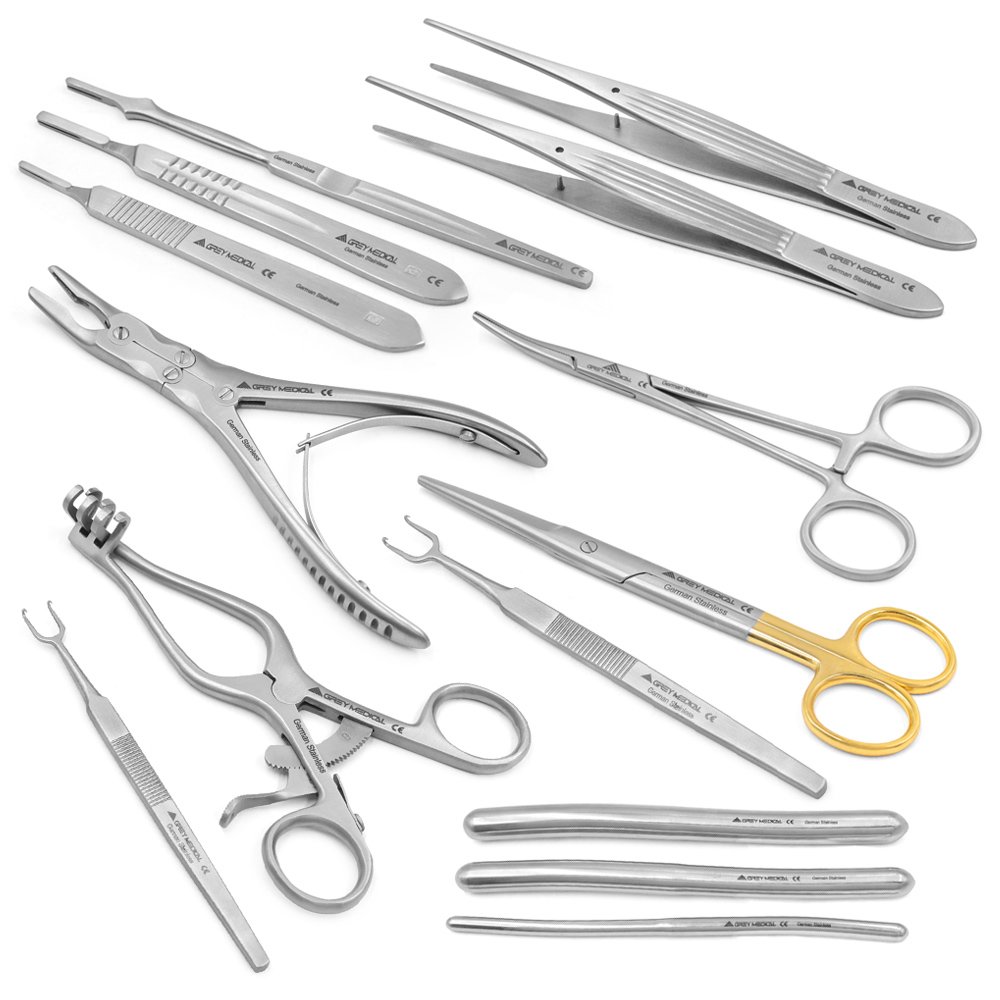Medical Surgery Instruments: The Foundation of Precision and Care in Modern Surgery
In the world of healthcare, surgical instruments play an essential role in ensuring that procedures are carried out with the utmost precision and safety. These tools are the backbone of modern surgery, enabling healthcare professionals to perform everything from routine operations to complex, life-saving procedures. With a wide variety of medical surgical instruments available, each designed for specific tasks, it’s easy to understand why they are so integral to successful surgical outcomes.

The Role of Surgical Instruments in Medicine
Surgical instruments are specifically designed to aid surgeons in performing their tasks with accuracy, efficiency, and safety. These tools enable medical professionals to cut, dissect, hold, retract, and close tissue with minimal disruption to surrounding areas. The precision provided by surgical instruments ensures that delicate tissues and organs are handled with the utmost care, reducing the risks of complications such as infection, excessive bleeding, or organ damage.
Every surgical procedure, no matter how simple or complex, requires the use of various medical instruments, each with a specific purpose. Whether it’s a scalpel for incision, forceps for grasping tissue, or scissors for cutting, each tool serves an essential function in ensuring the surgery is carried out effectively. Without these instruments, it would be impossible to perform surgeries with the same level of precision and success that is possible today.
Types of Medical Surgery Instruments
The variety of medical surgical instruments reflects the wide range of procedures that surgeons perform. These tools are categorized based on their function, with each category containing several specific instruments designed for different tasks. Some of the most common types of medical surgery instruments include:
Cutting and Dissecting Instruments: These are the most fundamental tools in surgery, used for making incisions and removing tissue. Scalpels, surgical scissors, and surgical knives are some examples of cutting instruments, each designed with different blade shapes and sizes to suit particular procedures.
Grasping and Holding Instruments: Forceps, clamps, and needle holders fall into this category. These tools are designed to grasp, hold, and manipulate tissues during surgery. For example, forceps are used to hold tissues securely without causing damage, while needle holders ensure that sutures are placed accurately.
Retracting Instruments: Retractors are essential for holding back tissues, such as muscles or organs, to give surgeons better access to the area being operated on. These instruments come in various shapes and sizes, including hand-held retractors and self-retaining retractors, to provide optimal visibility during surgery.
Suturing and Stapling Instruments: After a surgical procedure is completed, it is crucial to close the incisions to promote healing. Suturing instruments, such as needle holders and various types of sutures, are used to stitch tissues back together. In some cases, staplers may be used to close wounds more quickly.
Surgical Sponges and Suction Devices: These instruments are vital in maintaining a clear field during surgery. Surgical sponges are used to absorb excess fluids, while suction devices help remove blood and other bodily fluids to provide better visibility for the surgeon.
The Evolution of Surgical Instruments
Medical surgery instruments have evolved significantly over time, advancing in design and materials to improve both safety and effectiveness. Early surgical tools were simple and often rudimentary, made from basic materials like wood, bone, or metal. Over time, as medical knowledge expanded and technology advanced, surgical instruments became more specialized and refined.
Modern surgical instruments are often made from stainless steel, which is durable, resistant to corrosion, and easy to sterilize. Additionally, with the advent of technology, many instruments are now designed with ergonomic features to reduce hand fatigue and improve precision during long surgeries. The development of minimally invasive techniques has also led to the creation of smaller, more specialized instruments for laparoscopic and endoscopic procedures, further improving patient outcomes and reducing recovery times.
The Impact of Surgical Instruments on Patient Care
The use of high-quality surgical instruments directly impacts the quality of patient care. Properly designed and well-maintained tools not only make surgeries safer but also help surgeons achieve better outcomes by minimizing complications. The precision offered by advanced surgical instruments enables more accurate incisions, more effective tissue removal, and better wound closure, leading to faster recovery times and fewer complications for patients.
In addition to their role in surgery, medical instruments also contribute to a more comfortable patient experience. Many modern surgical tools are designed to minimize trauma to tissues, which helps reduce pain and accelerates healing. Furthermore, instruments used in minimally invasive surgeries allow for smaller incisions, leading to less scarring and a quicker return to normal activities.
Conclusion
Medical surgery instruments are an integral part of modern medicine, providing the tools necessary for surgeons to perform with precision, safety, and efficiency. From cutting and holding to suturing and retracting, each instrument serves a unique purpose that ultimately contributes to successful surgical outcomes. As medical technology continues to advance, so too will the design and functionality of these instruments, allowing surgeons to perform even more complex procedures with greater accuracy and minimal risk to patients. The role of medical surgery instruments in patient care cannot be overstated, as they are a cornerstone of successful surgeries and improved healthcare outcomes worldwide.